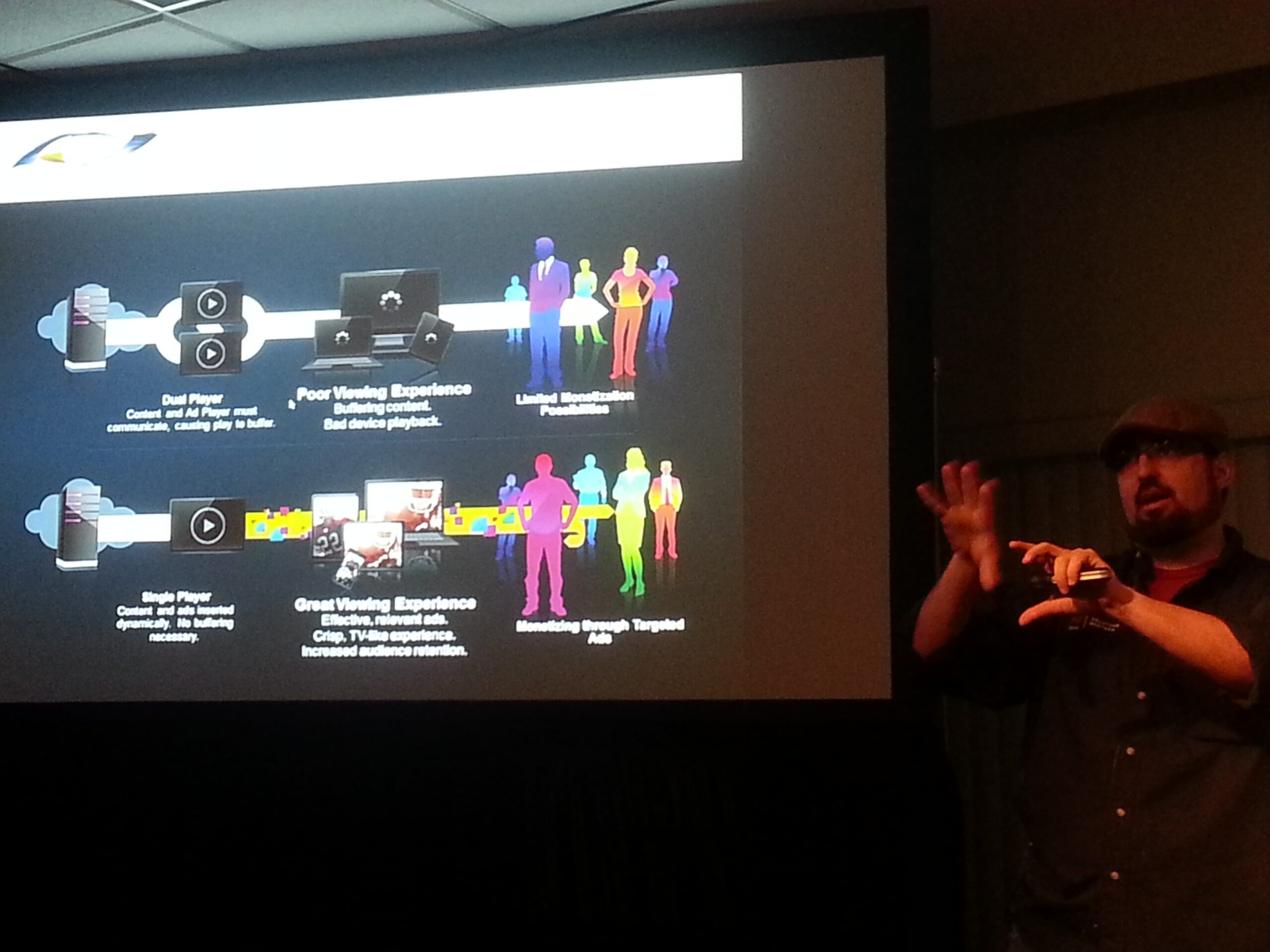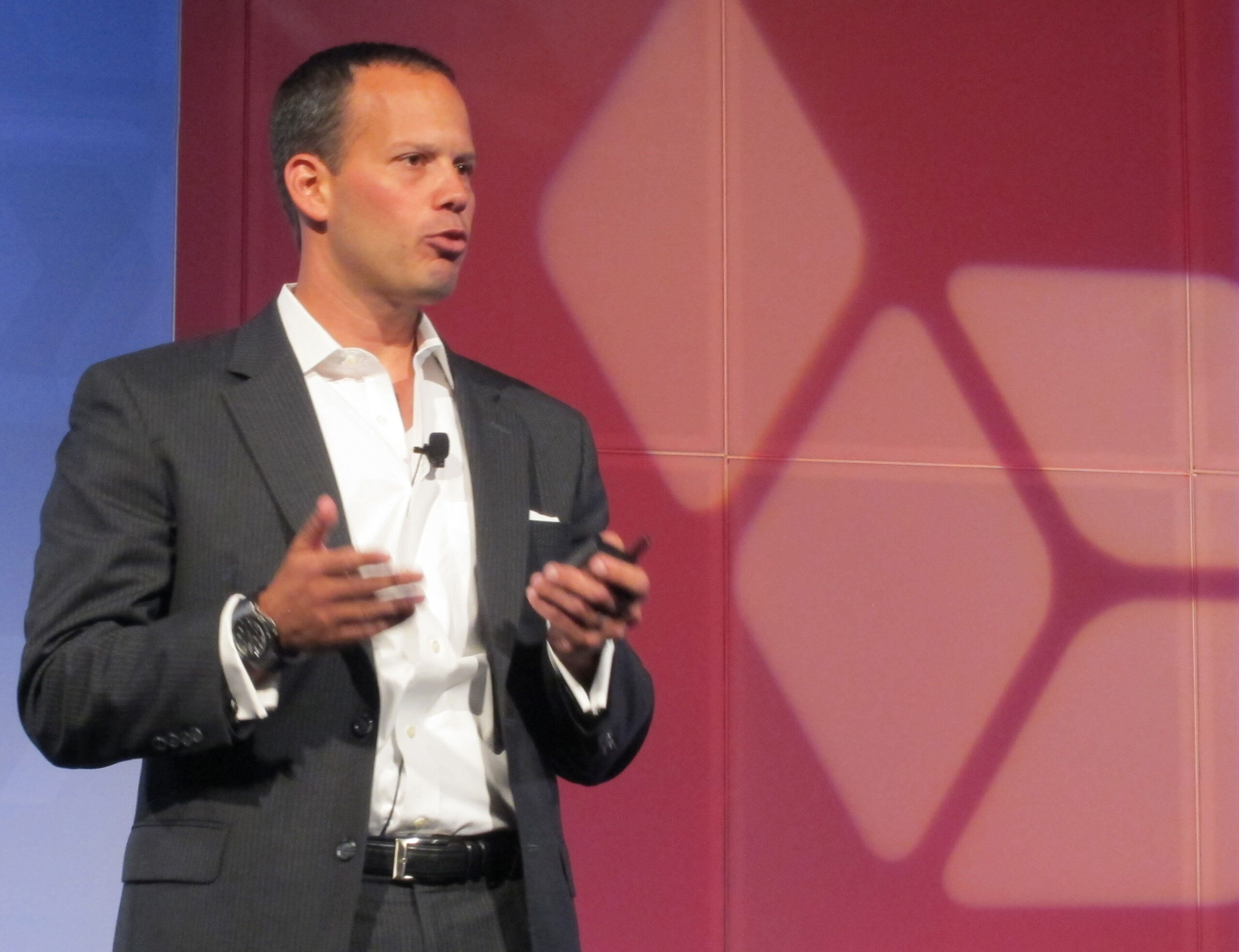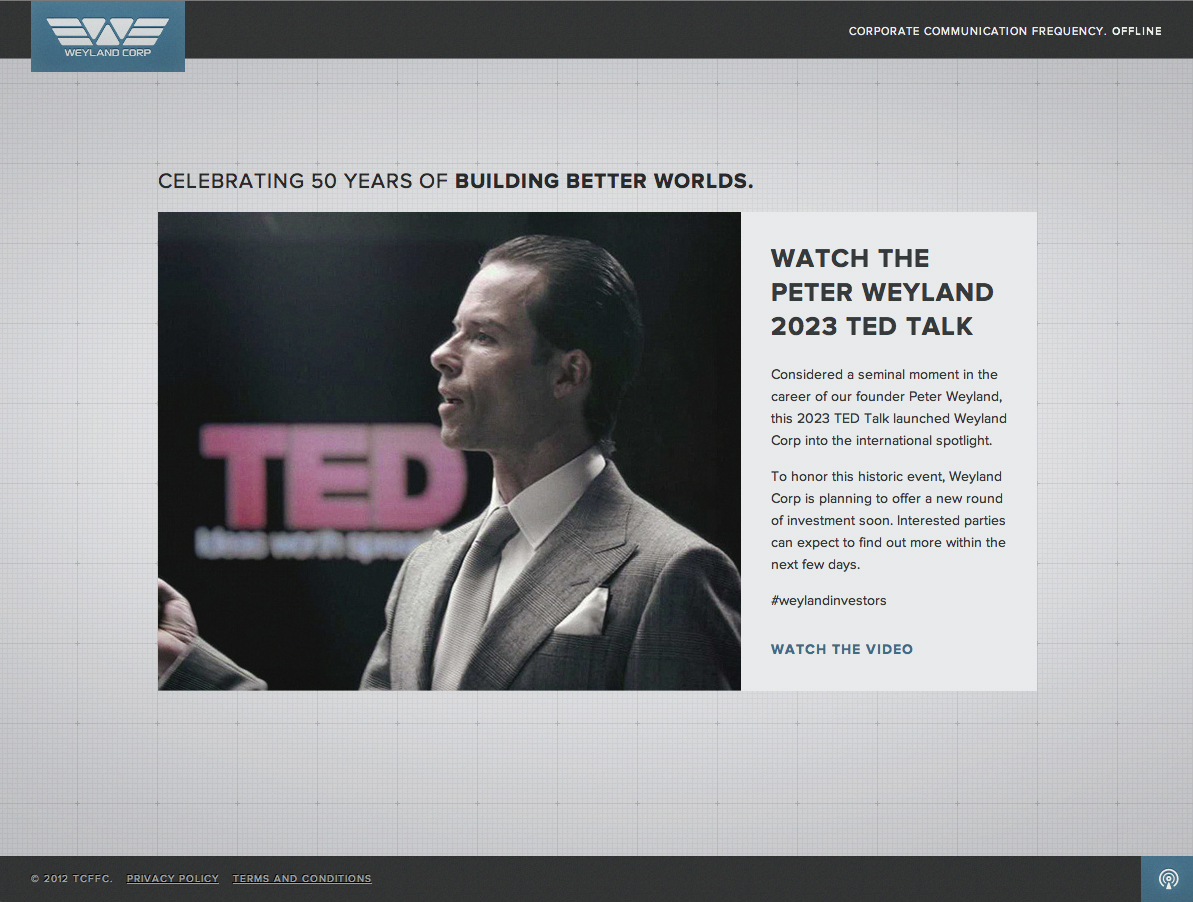
Is ad blocking a great user experience improvement or a huge problem for premium content on the web? Obviously it highly depends on who you talk to, but the question should go beyond simply users trying to get content without ads, or companies trying to maximize their online revenue.
How does it change the nature of online monetization? To better understand the impact of ad blocking today, let’s look at some recent trends.

The curve clearly shows an increasing interest in ad blocking. Even though mostly a desktop problem, Google made a move last year to prevent it from expanding to Android.
Google has removed all ad blocking apps from Google Play, its online store for Android applications, on the basis that they interfere with other services [via Information Week]
There are certain demographics that are hit most, as example gaming site Destructoid announced that half of their online ads are being blocked.
I needn’t point out to anyone that the videogames press has shrunk at record speed this year. Whether you’re a freelancer for an established site or well-fed at a temporarily funded business that relies on ads, this ad-block trend will eventually take a slice from your livelihood. Take stock, do your diligence, and have a quiet conversation with your staff and readers about it. Yes, it is a business issue, but it also a matter of the viability of the independent press.
Does this mean sites need to fall back to subscription pay walls, which will inevitably lead to less “free” consumer choices? Is the Internet eventually the wrong medium to pursue business models that came from a traditional background?
The Guardian is asking if a “tiny plugin is holding the web’s biggest business hostage”, referring to Ad Block Plus, one of the most popular solutions.
Adblock Plus’s model is straightforward: unless a site is on its “whitelist”, then it blocks all the ads shown there. And, as it makes clear, even big websites whose advertising methods (text only, no flashy gimmicks) it finds acceptable must hand over a share of their advertising revenue for the reward of being on the “whitelist” and showing their ads to visitors.
Currently there are just 148 sites on the whitelist out of 777 which applied, according to a blogpost from Adblock Plus. For those which have to pay – which includes Google, Amazon and Yandex, Russia’s largest search engine – the fee for not having their ads blocked is reportedly the cash equivalent of 30% of the revenue generated by showing ads. [via TheGuardian]
In addition, hardware devices like the “Ad Trap” filter out ad traffic on network level, even though the price will very unlikely lead to ad blocking rates of 50%.
Ad Blocking has been around for years, but recent trends indicate that it will change the industry, and it is worth paying attention to – both for the consumer and the industry.



























